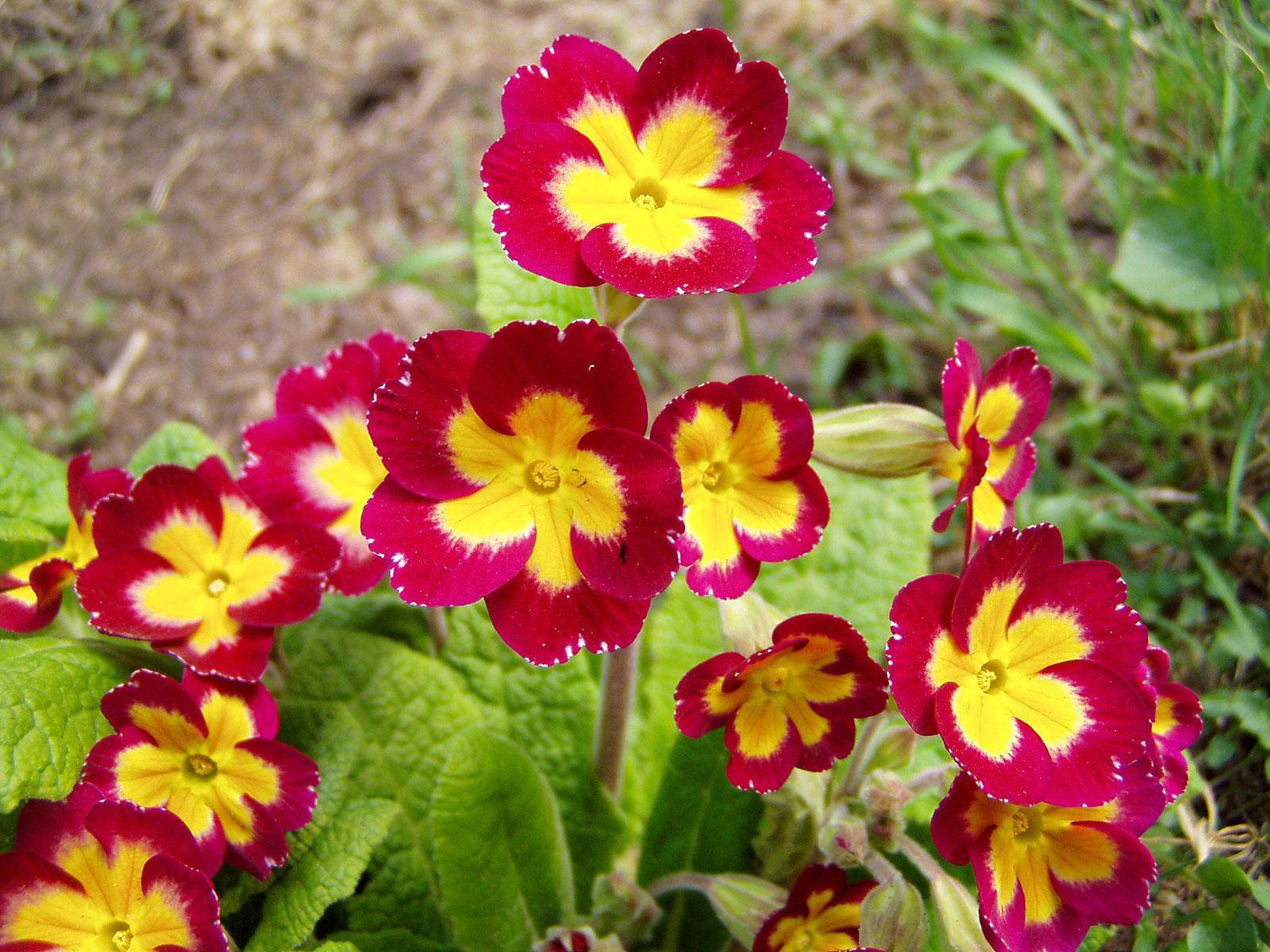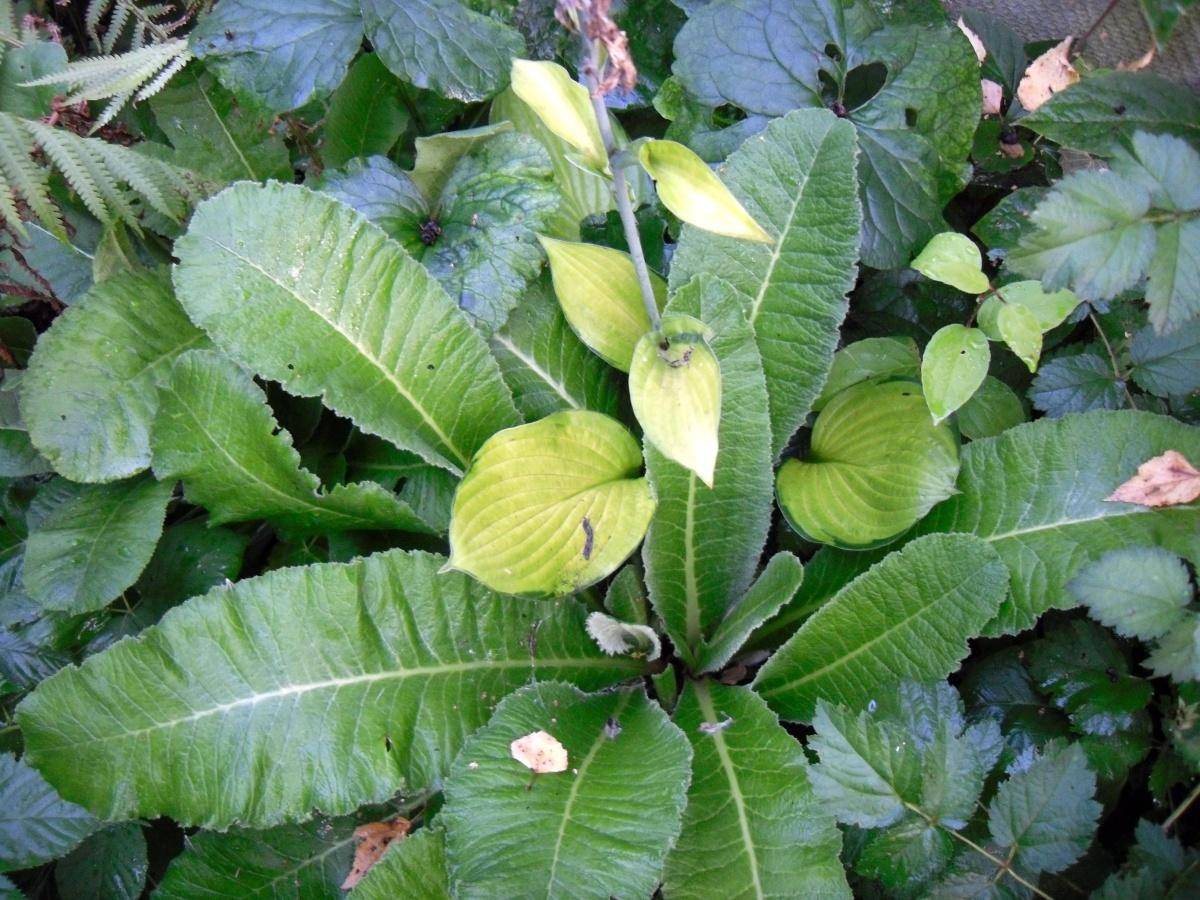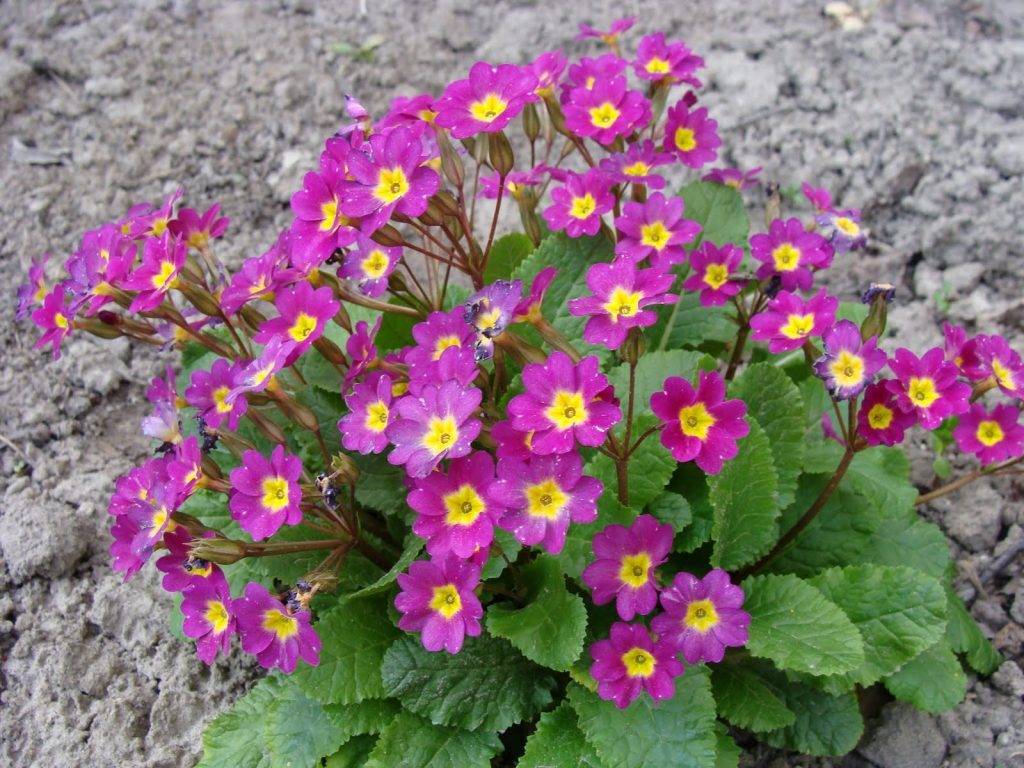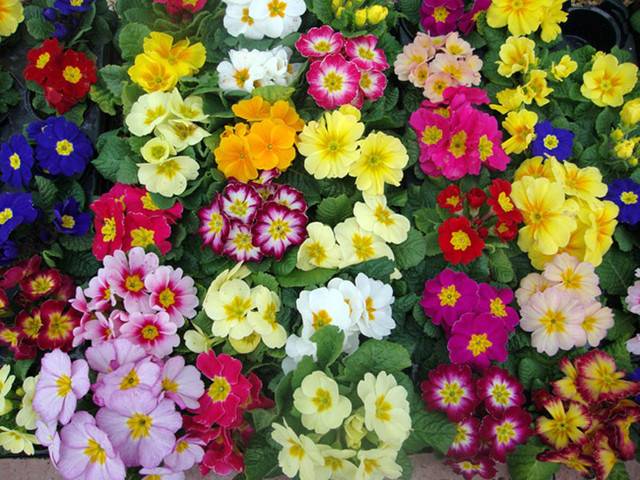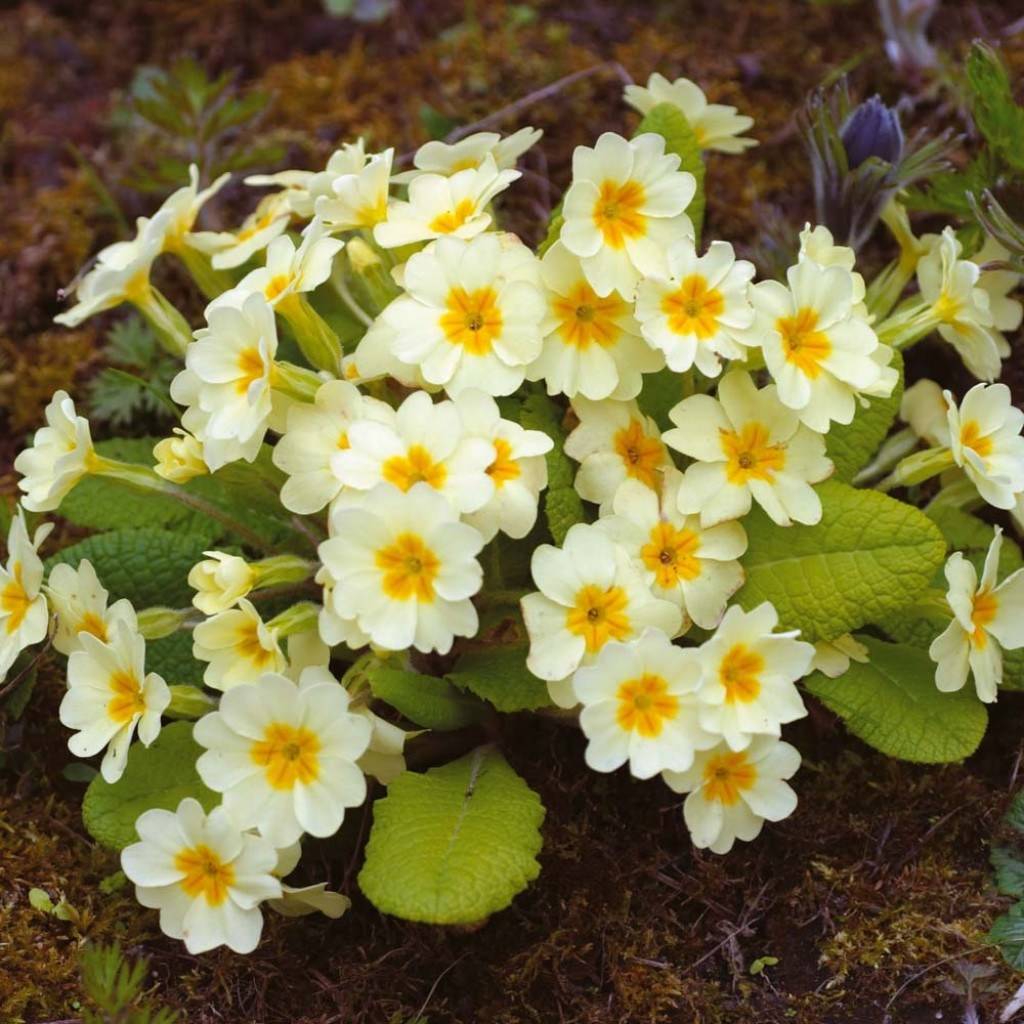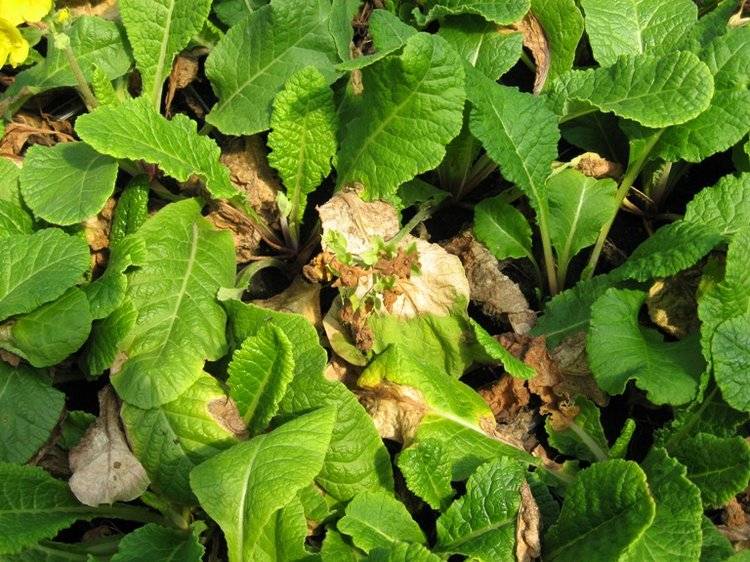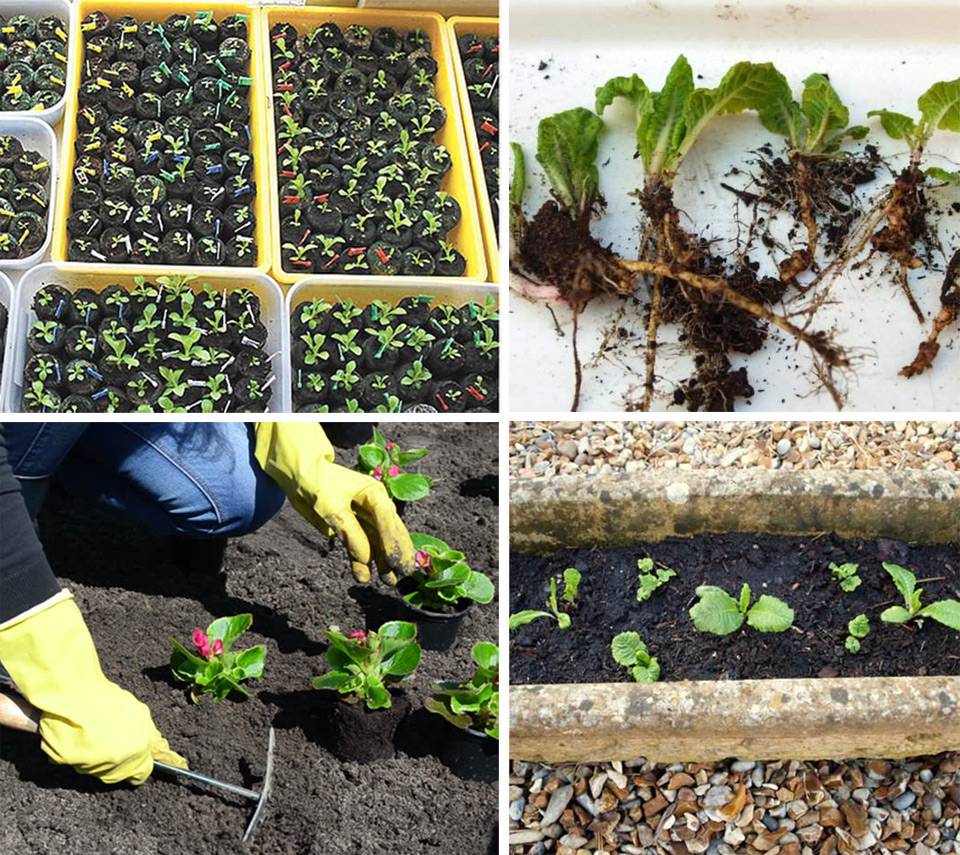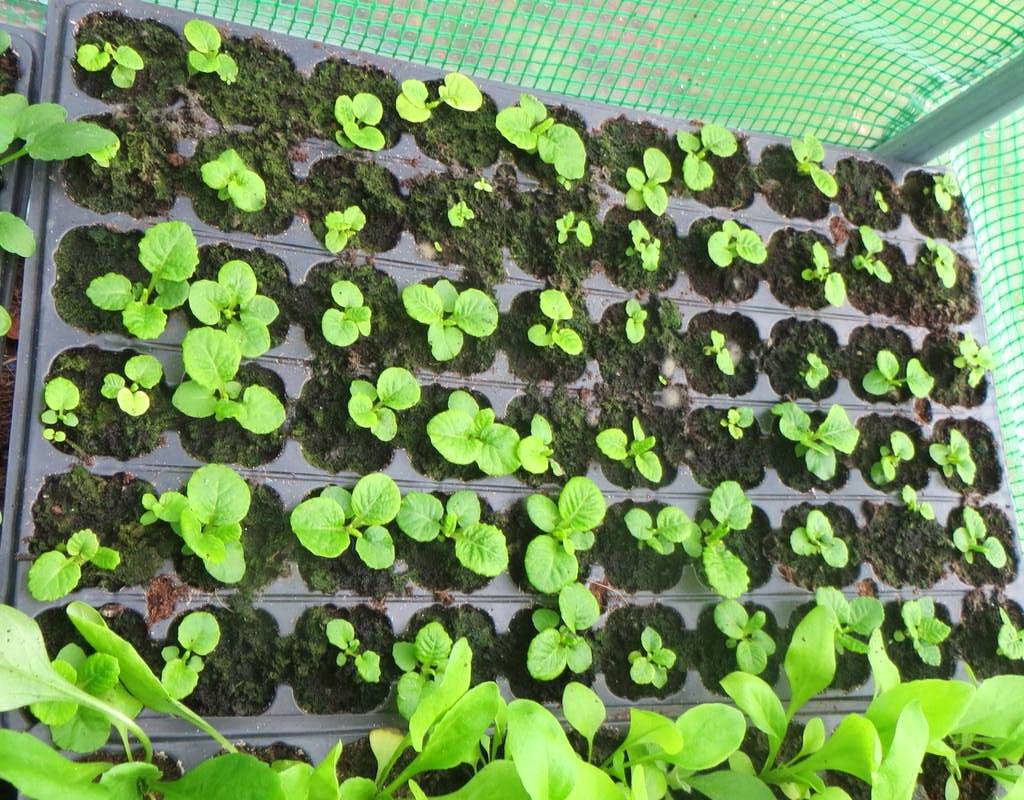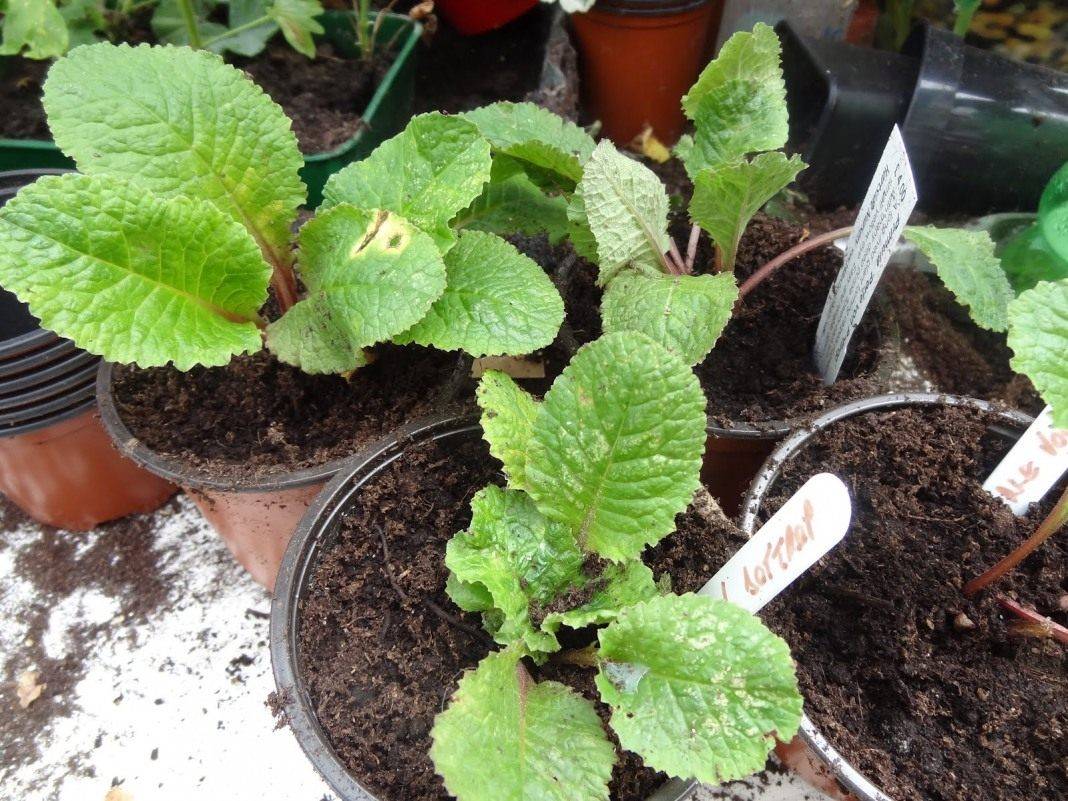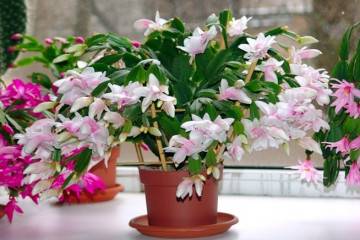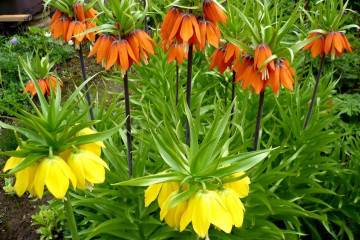Primrose when it blooms: ripening period and changes in flower care
Content:
Everyone loves the first spring flowers that appear immediately after the snow melts. Many are trying to plant early varieties in flower beds, which can please with colorful buds in the month of March. In addition, primrose, when it blooms, the flower bed begins to fully come to life. If you carefully study the "habits" and "way of life" of the plant, then all doubts will completely disappear, because such a flower brings only joy and practically does not provide any problems in terms of care.
Dormant period of the plant
The primrose has faded, what to do next is what a gardener needs to think about. After complete flowering, the plant enters a dormant stage - the pedicels and lower leaves fade, but the young rosettes remain green.
This period requires the organization of special conditions for the flower:
- Create partial shade for the bush. If this is a room copy, then rearrange it on the windowsill on the north side. For a garden primrose, build an elementary shelter.
- Reduce the air temperature slightly. For indoor flowerpots, this condition is easy to fulfill, but garden primroses remain to grow at the temperature that corresponds to the season.
- The quality and quantity of irrigation is also reduced to a minimum. It is necessary to slightly moisten the soil at the time of its strong drying out.
The exit of a plant from a dormant state is accompanied by an increase in temperature, degree of illumination and the amount of watering.
When and how it blooms
You can see how primrose blooms in early March. But this is not the standard state of affairs, there are other time frames that are more acceptable for a given culture. A flowering pot by March 8 can be obtained by sowing seeds prematurely. Under normal conditions, the buds can be seen by mid to late April. Some varieties can bloom even in summer. The number of blooms is also uniquely determined.
Primrose, the flowering time of which is determined precisely by the temperature indicator, can throw out the buds several times a year. But these are unique cases that are relevant for special varieties of culture.
Views
The flowering time of primrose is different for different varieties. The plant can be conditionally divided into 2 groups. This is a room option and a garden option. But besides groups, varieties are also distinguished. In nature, there are about 500 varietal units, only 200 are used in floriculture, but only 20 are considered the most popular.
List of current varieties of flower culture:
- Norwegian primrose - primula Finmarchica;
- Siberian primrose - primula Sibirica;
- primula Subgenus: Aleuritia Section: Aleuritia;
- primula Darial - primula Darialica;
- Mealy primula - primula Farinosa L .;
- thick-leaved primula - primula Frondosa Janka;
- Haller primula - primula Halleri J.F. Gmel;
- Scottish primrose - primula Scotica;
- primrose Cold - primula Algida;
- primula Subgenus: Aleuritia Section: Crystallophlomis;
- primrose Snow - primula Nivalis;
- primrose Turkestan - primula Turcestanica;
- primrose Chionantha - primula Chionantha;
- primula Subgenus: Aleuritia Section: Proliferae;
- primula Hungenskaya - primula Chungensis Bali. f. et Ward .;
- primula Subgenus: Aleuritia Section: Sikkimensis;
- Primula Fine-toothed Alpine - primula Microdenta var. Alpicola W. W ..
The entire list can be conditionally divided into peculiar sections that determine the peculiarity of the appearance, the type of flowering and the type of care.
Primrose: how many blooms
The question often arises, how much primrose blooms. If the appearance of the bud can be correlated with varietal qualities, then the flowering period is more difficult to determine only by appearance. There are certain frameworks, but each variety and type have their own.Plus, external influences can be a significant factor.
How long primroses bloom, given some varietal characteristics:
- Regular varieties can please the eye with bright buds for about 4-6 weeks.
- Hybrids with a double growing season throw out the buds for the first time within 4 weeks, and the second time they form buds until the first autumn frosts.
- There are breeding types that bloom for more than 2 months.
Why does not it bloom
How many perennial primroses bloom and what the inflorescences look like are two more important questions for gardeners. This crop is very easy to care for, but some still fail to create optimal conditions for flowering.
Some reasons why a plant may not bloom:
- Too active watering. Sometimes it can even lead to the death of the flower itself. It is imperative to loosen the soil after irrigation, enriching it with oxygen.
- Incorrectly selected planting substrate. The soil should be acidic, if the acidity level is insufficient, then the buds do not ripen. A bad substrate will prevent the plant from developing properly.
- Even the absence of a drainage layer can affect the further growth and development of the primrose.
- Placing a bush in the sun will worsen the condition of the plant as a whole. In addition, high temperature is added to the sunburn of the aboveground part. The bush will begin to wither.
- Incorrect or untimely feeding significantly affects the quality of the growing season.
Additional negative factors with a lesser degree of influence can be: insufficient or excessive humidity, unsuitable climate, uniqueness of the variety. Sometimes several negative factors act on the culture at once, which is why flowering is simply impossible.
Home care
It is not only the correct fit that is important, but also the proper care. There are several basic ingredients - watering, moisture, feeding and temperature. Each item is determined by its own rates of indicators. If you follow all the rules and recommendations, then the primrose will develop completely normally.
Humidity
Primrose can grow indoors with a humidity of 60-70%. This is the perfect norm to be followed. Otherwise, the plant may die or become sick. Despite the fact that indoor primrose loves moisture, it is not recommended to spray it. If the air is dry, then there will be problems with the leaves - pests and fungal diseases will certainly appear. Therefore, this indicator must be monitored carefully.
Watering
Dry and hot air causes yellowing of leaves, as well as overdrying of an earthen coma. The plant should not be poured, but the earthy ball should be kept moist. This can be achieved by using a drainage system that will not allow excess moisture to accumulate and ensure good air exchange. Small stones can act as drainage. In summer, the plant can be placed on the north window, so the frequency of watering will decrease by about 1 every 2 weeks.
Fertilizers
It is important to know how to feed primrose in the spring for lush flowering. There are some basic rules. It is necessary to feed with a solution of a mullein 1:10 or fermented green fertilizers at a concentration of 1 liter per 10 liters of water with the addition of potassium sulfate (10 g per 10 liters). Water the bushes with the resulting solution at the rate of 0.5 liters per plant.
Temperature
Primrose can bloom under normal temperature conditions. Already the optimal temperature is considered to be 12-15 degrees. But the plant can survive at higher rates - 25-30 degrees. It is important that the bush is planted in the shade, and that direct sunlight does not fall on the leaves. During the period of maximum heat, you need to monitor the dryness of the soil, since watering will have to be done more often.
Reproduction methods
Primrose is very easy to propagate at home. It is enough to master the basic knowledge in terms of floriculture. There are 3 main and possible options for breeding primrose at home:
- cuttings;
- seeds;
- dividing the bush.
Each option is unique in its own way. Some growers prefer to carry out the procedure using cuttings, others sow seeds. Division assumes the presence of a sufficiently large specimen, therefore, it is more often carried out on large plantations of primrose.
Seeds
Primrose can be easily grown from seed. At the same time, such planting material develops well and survives within the framework of normal care. You need to prepare the right substrate. The soil must be well leveled and pre-moistened. The seeds are placed on top and pressed lightly with your finger.
The pot must be covered with glass or tightened with foil. This technique will help create a greenhouse effect, which will accelerate the growth and maturation of seeds. But it is better to harden the planting material. Remove the seeds in a dark room, where the air temperature is 10-12 degrees, and then gradually increase the air temperature - every 3 days by 2 degrees.
Cuttings
To propagate a flower by cuttings, you first need to prepare a pot with the correct substrate. Usually the cuttings are planted in a container filled with river sand. Beforehand it is necessary to slightly moisten the "soil".
How to carry out the procedure correctly:
- Choose a healthy leaflet, which is located in the upper rosette.
- Make a precise incision, tip at least 1.5 cm in length.
- Bury the stalk of the leaf in the sand, deepening to the base of the leaf plate.
- Tighten the pot with plastic wrap to create a greenhouse effect.
Rooting will occur approximately 14-16 days after planting. During this time, another 2-3 young leaves should appear, which will form a full-fledged outlet. Airing is carried out every day for 15 minutes.
By dividing the bush
To decorate a house or garden with new flowering bushes, it is worth considering the option of dividing the instance. This can be done when the time comes to transplant the plant from one place to another, or when a pot change is needed.
It is easiest to propagate the plant with young rosettes, which are formed by 2-3 leaves. It is necessary to carefully separate these parts along with the roots. The old and damaged parts of the root processes are preliminarily removed.
The new seedling must be immediately placed in the prepared substrate so that the root system does not experience stress. Otherwise, the plant may not take root and die. You can pre-rinse the roots in a special solution for disinfection.
Flower pruning
The question arises, is it necessary to trim the primrose after flowering? There is no definite answer, since a lot depends on the state of the bush in the period after the buds fall. Sometimes it is necessary to remove the lower leaves, which at the time of active growing season may turn yellow or wither.
Primrose leaves should be cut off in summer. This is necessary in order for new buds to be laid for the next year. The specimen falls into suspended animation after such a procedure and accumulates strength for the next growing season.
Primrose is a very vulnerable plant, although at the same time it can withstand really harsh conditions. The flowering periods of primrose are defined by blurry time frames. Much depends not on the specimen itself, but on the characteristics of care during this period. For the "magic" to last longer, you need to feed, water, create optimal climatic conditions.
